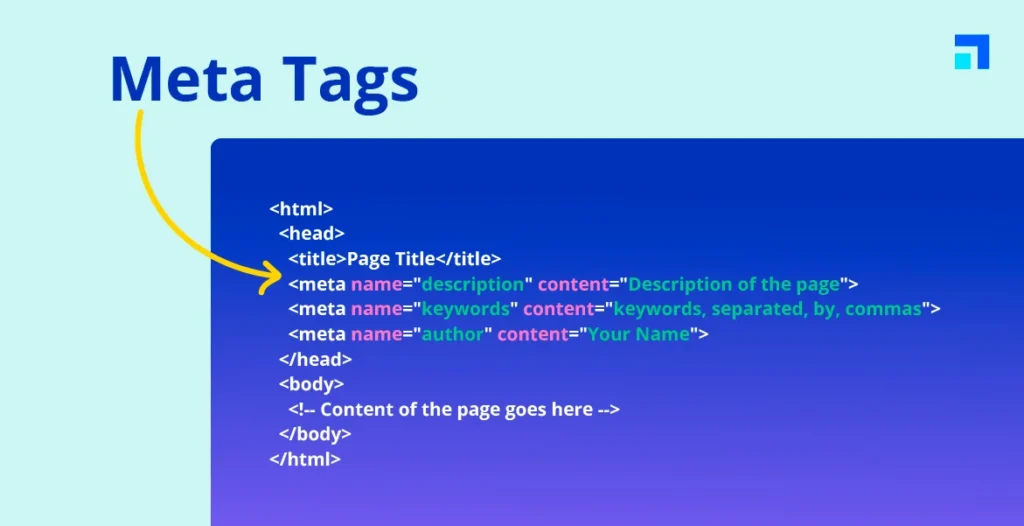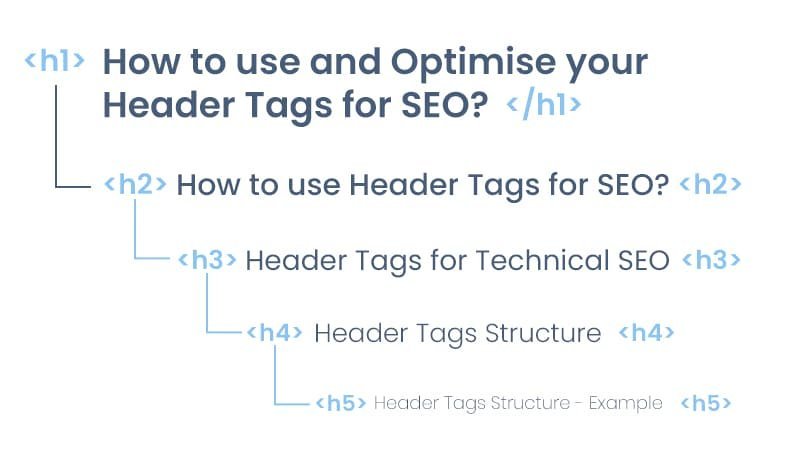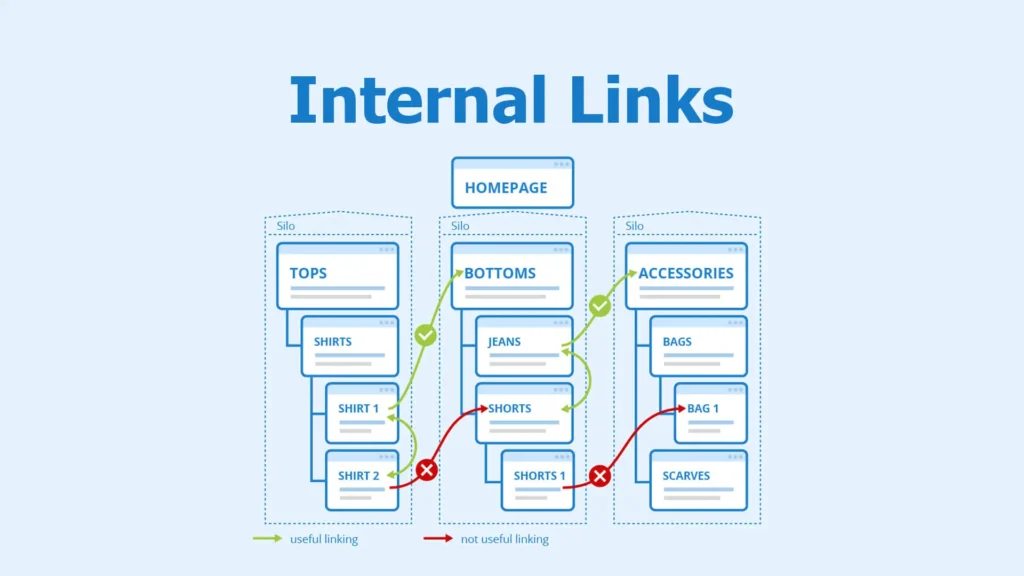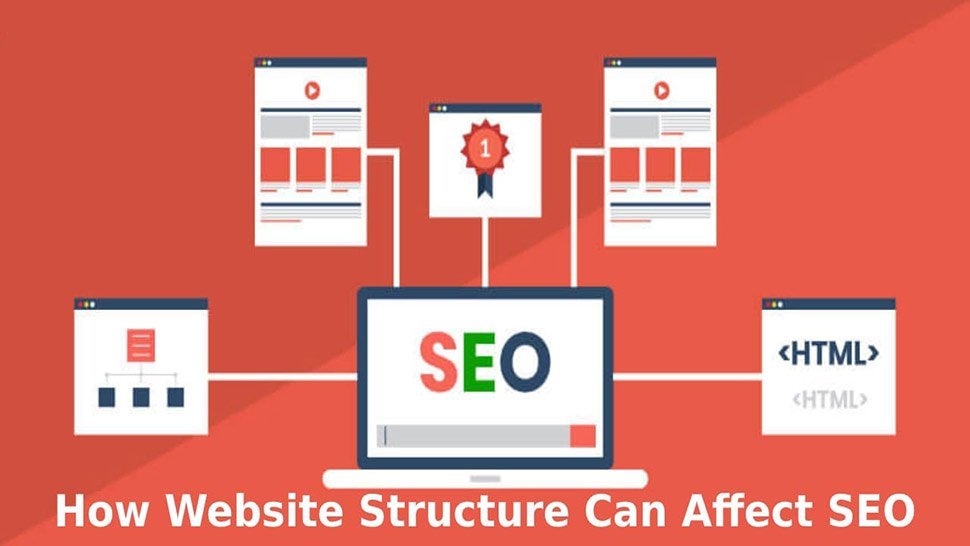Building an SEO-Friendly Website Development in Sacramento
At Social Peak Media, we specialize in helping Sacramento small businesses create dynamic, SEO-friendly websites that not only look great but perform exceptionally well in search engine rankings. Whether you’re launching a new site or optimizing an existing one, understanding the essential elements of SEO during website development is crucial for your success.
Building a website that aligns with best SEO practices ensures that your Sacramento-based business can attract local customers effectively and stand out in a competitive market. This guide will walk you through the critical components of an SSEO-Friendly Website Development in Sacramento, focusing on strategies that are particularly beneficial for businesses operating in the Sacramento area.

On-Page SEO Elements to Include During Development
When building or revamping your website, it’s important to integrate on-page SEO elements right from the start. These are the components of your site that directly impact how search engines perceive and rank your content. Here are the key elements to focus on:
Title Tags and Meta Descriptions:
These should be unique, descriptive, and include relevant keywords. For a Sacramento-based business, incorporating local keywords such as “Sacramento” or specific neighborhood names can help improve local search rankings.

Header Tags (H1, H2, etc.):
Properly structured headers not only make your content more readable but also help search engines understand the hierarchy and importance of your content. Ensure that each page has one H1 tag and several H2 tags where appropriate.

Keyword Optimization:
While keyword stuffing is a thing of the past, ensuring that your content naturally incorporates relevant keywords is still important. Focus on long-tail keywords that are specific to your services and location.

Image Alt Text:
Each image on your site should have descriptive alt text that includes keywords. This not only helps with accessibility but also provides another opportunity to include relevant search terms.

Internal Linking:
Create a logical internal linking structure that helps both users and search engines navigate your site. Linking to relevant pages within your site can help spread link equity and improve the overall SEO of your site.

How Website Structure Affects SEO
The structure of your website plays a pivotal role in how search engines crawl and index your content. A well-structured site ensures that search engines can easily find and rank your pages. Here are the aspects to consider:

- Logical Navigation: Your site’s navigation should be intuitive and user-friendly. This means having a clear menu structure that allows users to find what they’re looking for without hassle. A well-organized site map is also crucial for search engine indexing.
- URL Structure: Clean, descriptive URLs that include keywords can improve click-through rates and make it easier for search engines to understand your content. For instance, a URL like
www.yourbusiness.com/sacramento-web-designis more effective than a generic one likewww.yourbusiness.com/page1. - Mobile Responsiveness: With more users accessing websites via mobile devices, having a mobile-responsive design is non-negotiable. Google’s algorithm favors mobile-friendly websites, which is especially important if you’re targeting users in a tech-savvy area like Sacramento.
- Breadcrumbs: Implementing breadcrumbs can enhance the user experience by showing the location of the user on the site, which also helps search engines understand the structure of your site.
The Role of Fast Loading Times in SEO
Page speed is a critical factor in both user experience and SEO. Slow-loading websites can frustrate users and lead to higher bounce rates, negatively impacting your search rankings. Here’s how to optimize your site’s loading times:
- Optimizing Images: Large, uncompressed images can significantly slow down your site. Use tools to compress images without sacrificing quality, and consider modern formats like WebP for faster load times.
- Minimizing HTTP Requests: Each element on a webpage (images, scripts, stylesheets) requires an HTTP request. Reduce these requests by combining files and removing unnecessary elements.
- Leveraging Browser Caching: Enable caching so that returning visitors don’t have to reload your entire site each time they visit. This can drastically reduce load times and improve user experience.
- Content Delivery Networks (CDN): Use a CDN to distribute your content across multiple servers around the world, ensuring faster load times for users regardless of their location.

Integrating Local SEO Strategies into Your Website
For Sacramento businesses, local SEO is essential for driving foot traffic and local inquiries. By optimizing your website with local SEO in mind, you can ensure that your business appears prominently in local search results.

Google My Business Integration:
Ensure your Google My Business profile is fully optimized with up-to-date information, and embed a Google Map on your website’s contact page.
Local Keywords:
Use local keywords throughout your site, including in your content, titles, and meta descriptions. Consider phrases like “best web design in Sacramento” or “Sacramento SEO services.”
Localized Content:
Create content that speaks directly to your local audience. This could include blog posts about Sacramento events, case studies featuring local clients, or testimonials from Sacramento-based customers.
Citations and Listings:
Ensure your business is listed in relevant local directories and that your name, address, and phone number (NAP) are consistent across all platforms.
Tools for Monitoring and Improving Your Website’s SEO
Ongoing SEO efforts are crucial for maintaining and improving your website’s performance. Here are some tools and strategies to keep your site optimized:

- Google Analytics and Search Console: Regularly monitor your website’s performance metrics, including traffic sources, bounce rates, and search rankings. Google Search Console also allows you to see which queries bring users to your site and how your pages are performing in search results.
- SEO Audit Tools: Tools like SEMrush, Ahrefs, and Moz can help you perform regular SEO audits, identify issues, and track your progress over time.
- Local SEO Tools: Tools like BrightLocal can help you monitor and manage your local SEO efforts, including tracking local search rankings and managing online reviews.
- Page Speed Insights: Google’s PageSpeed Insights tool provides detailed reports on your site’s loading times and offers suggestions for improvement.
Conclusion
Building an SEO-friendly website in Sacramento is about more than just following a checklist; it’s about creating a digital presence that aligns with your business goals and meets the needs of your local audience. By integrating on-page SEO elements, optimizing your website’s structure, ensuring fast load times, and focusing on local SEO strategies, you can build a website that not only attracts visitors but converts them into loyal customers.
At Social Peak Media, we’re passionate about helping small businesses in Sacramento succeed online. If you’re ready to take your website to the next level, contact us today to learn how we can help.







